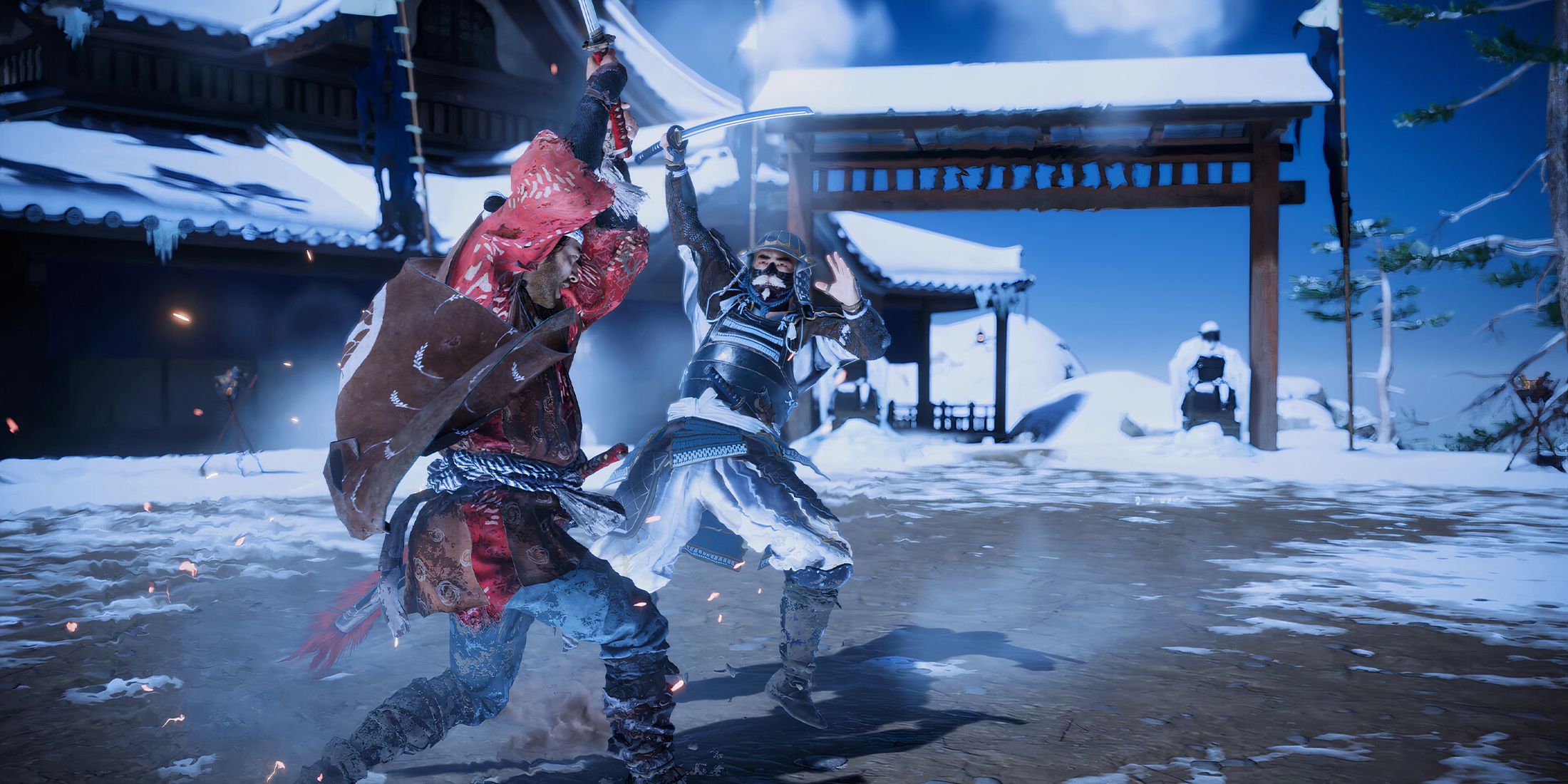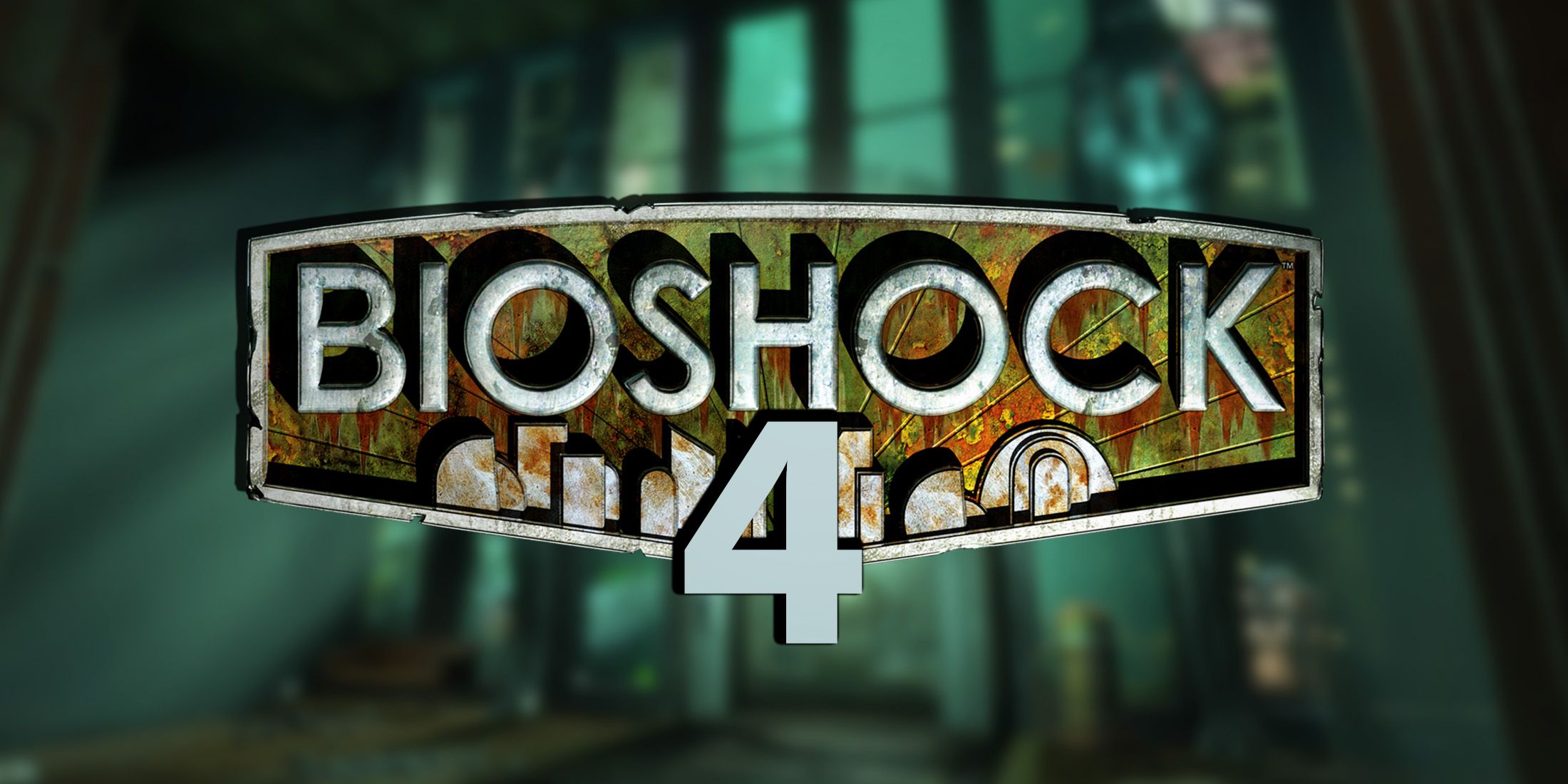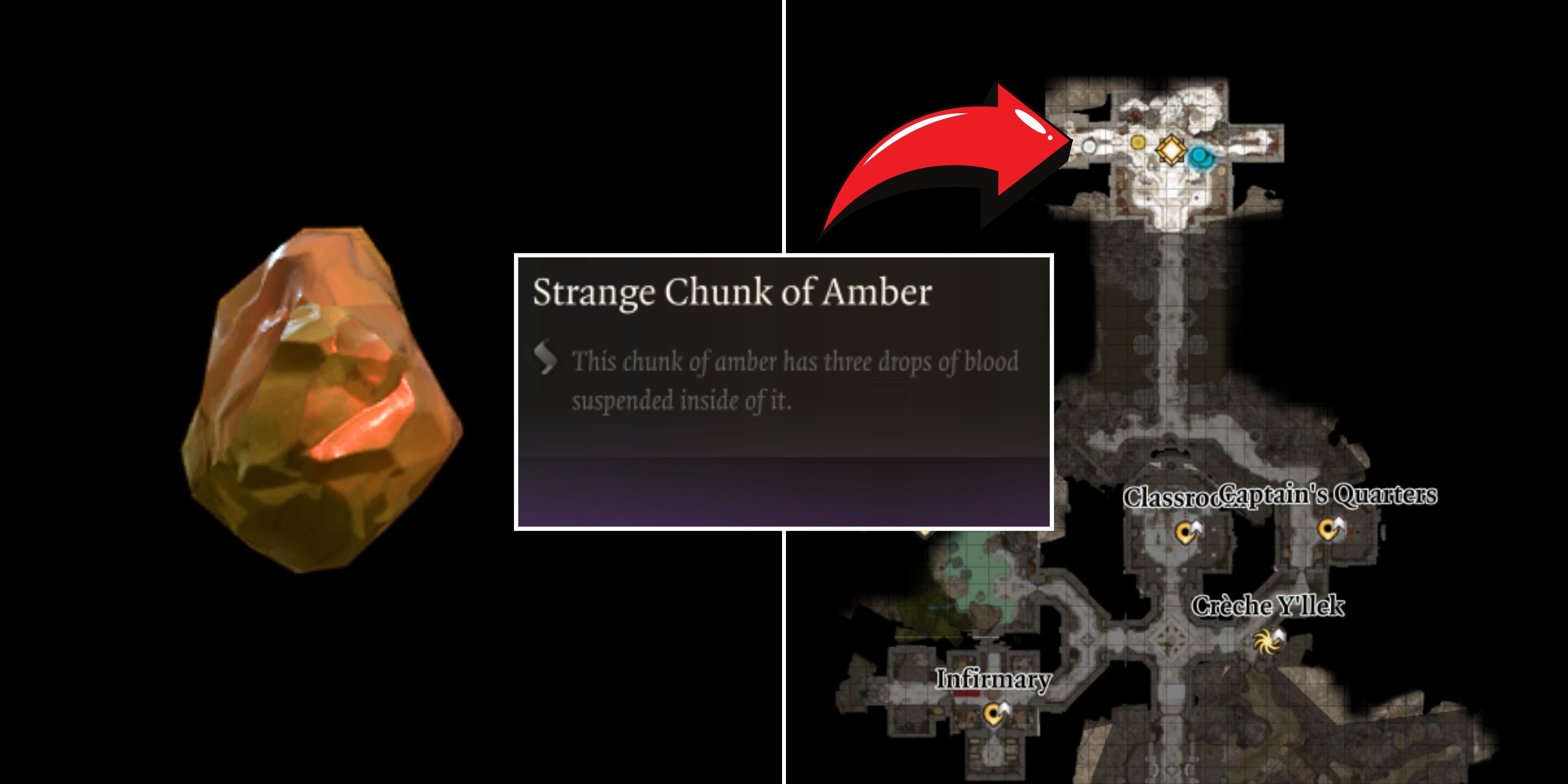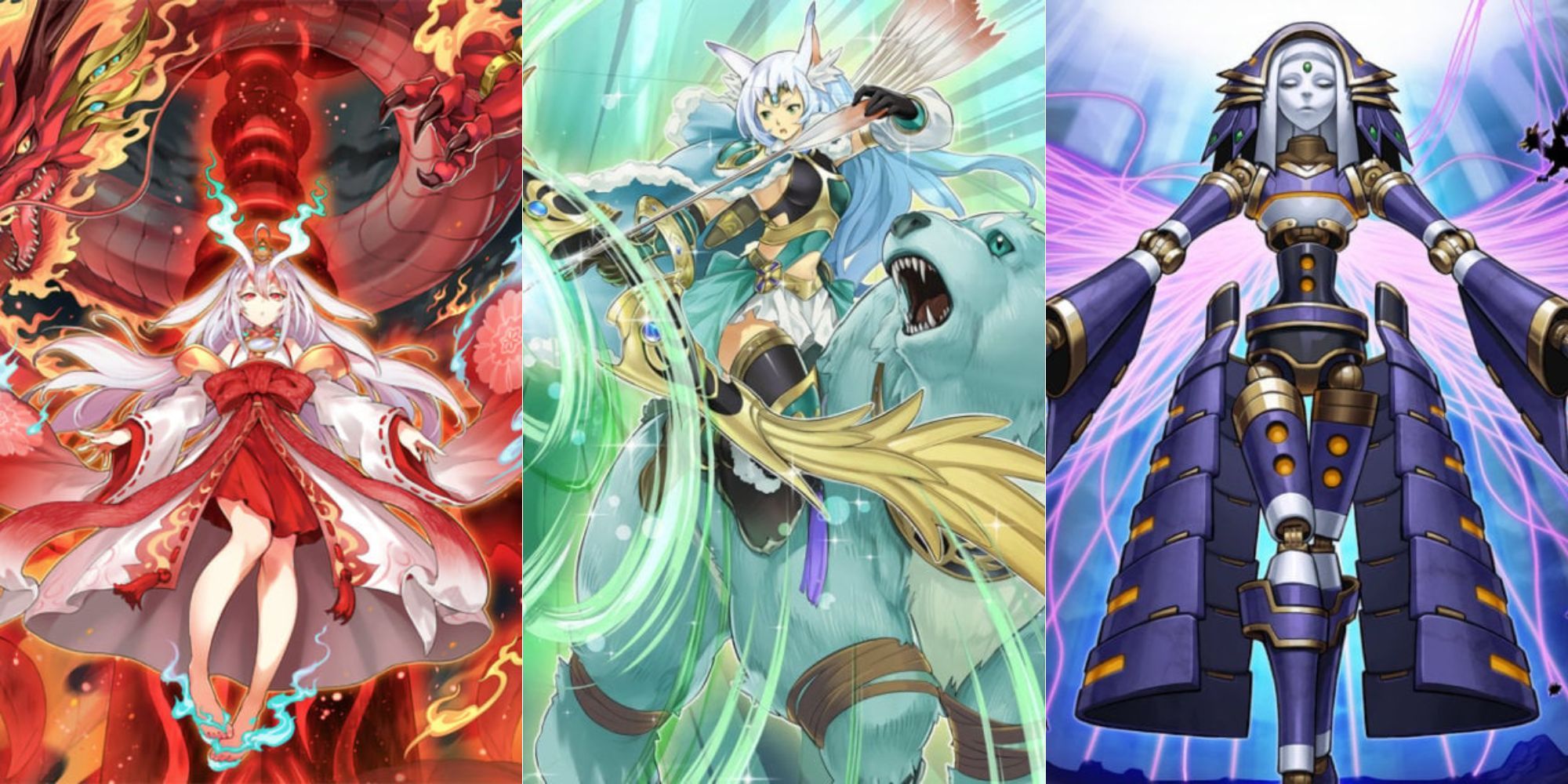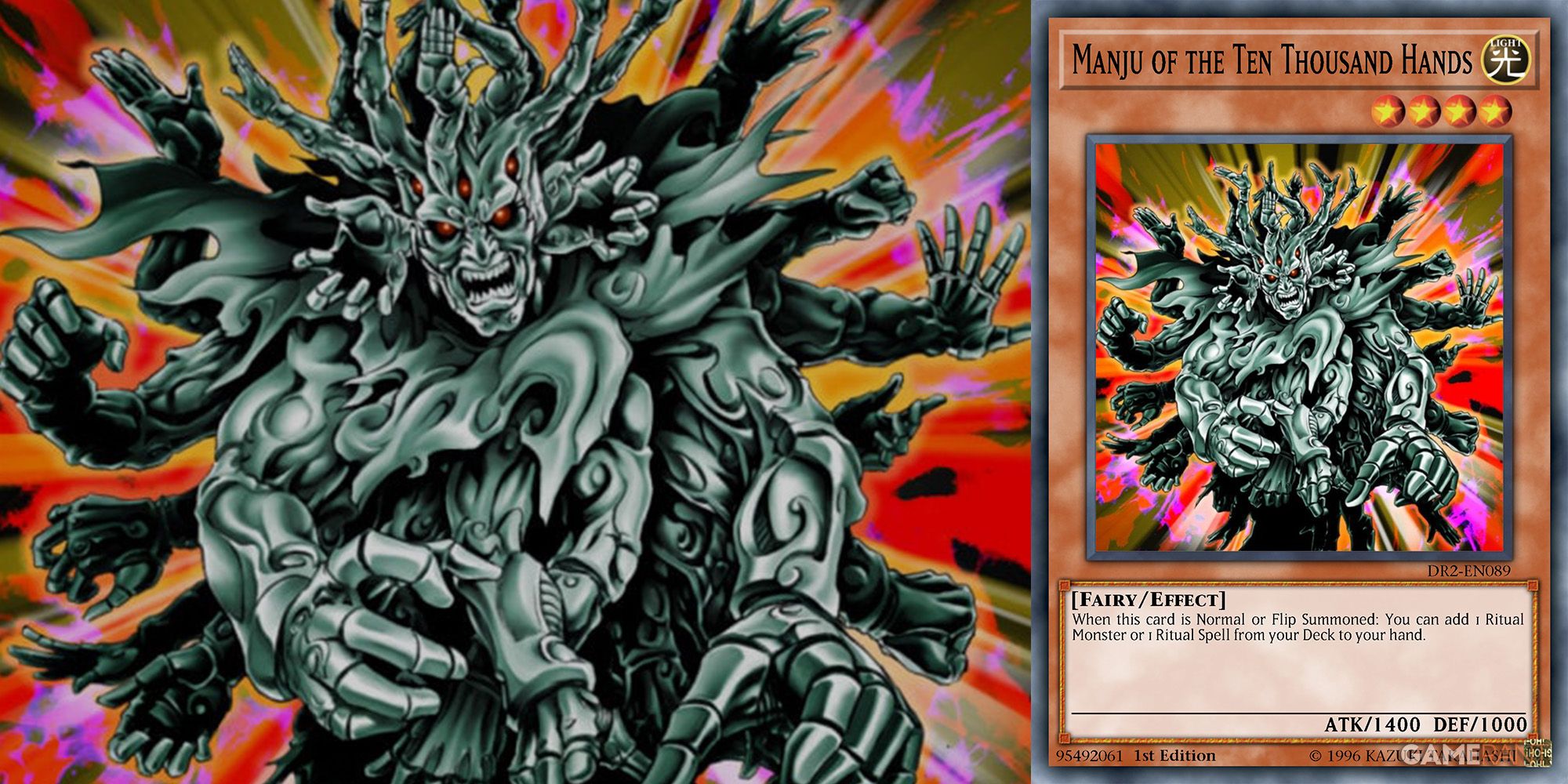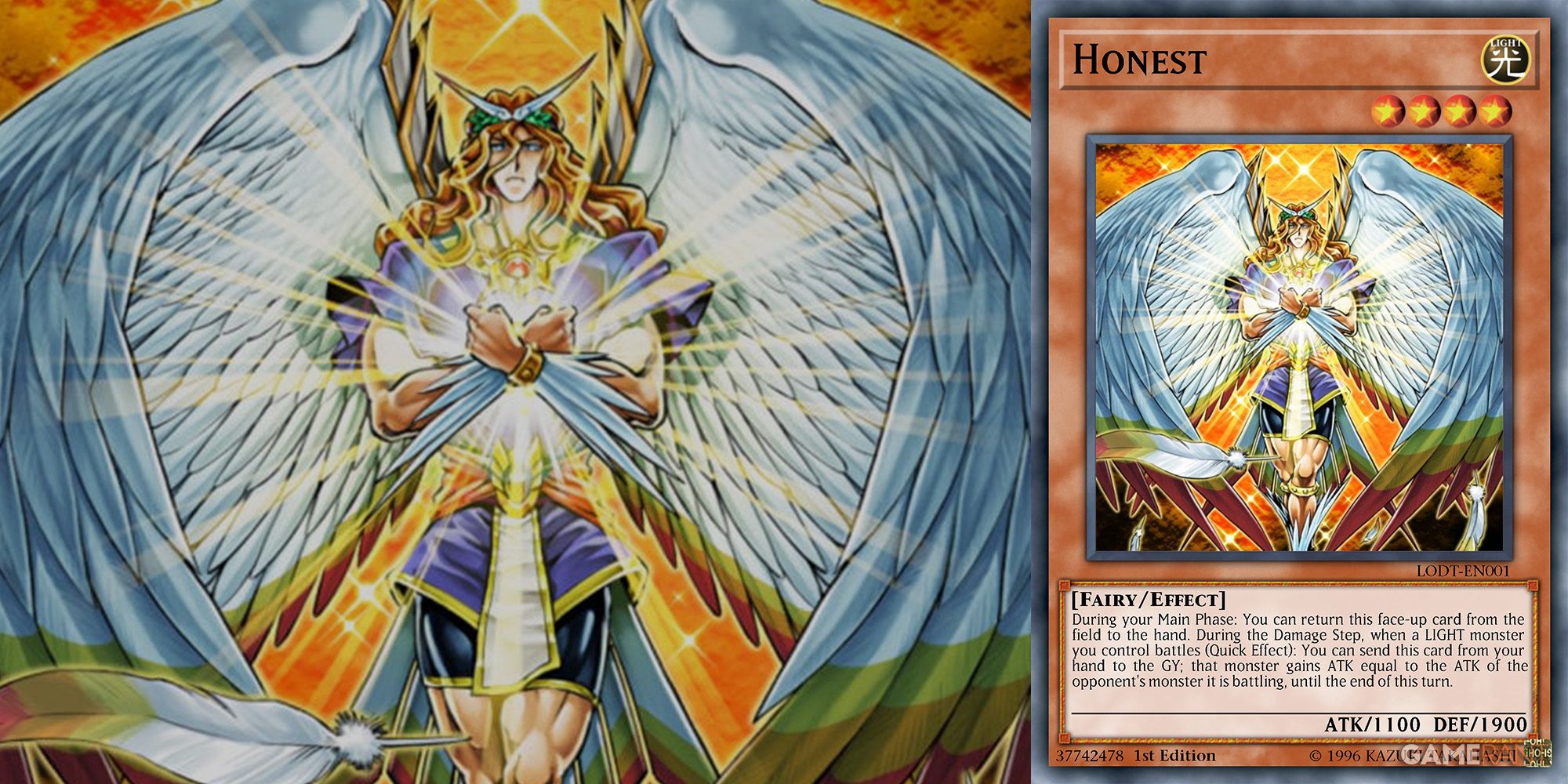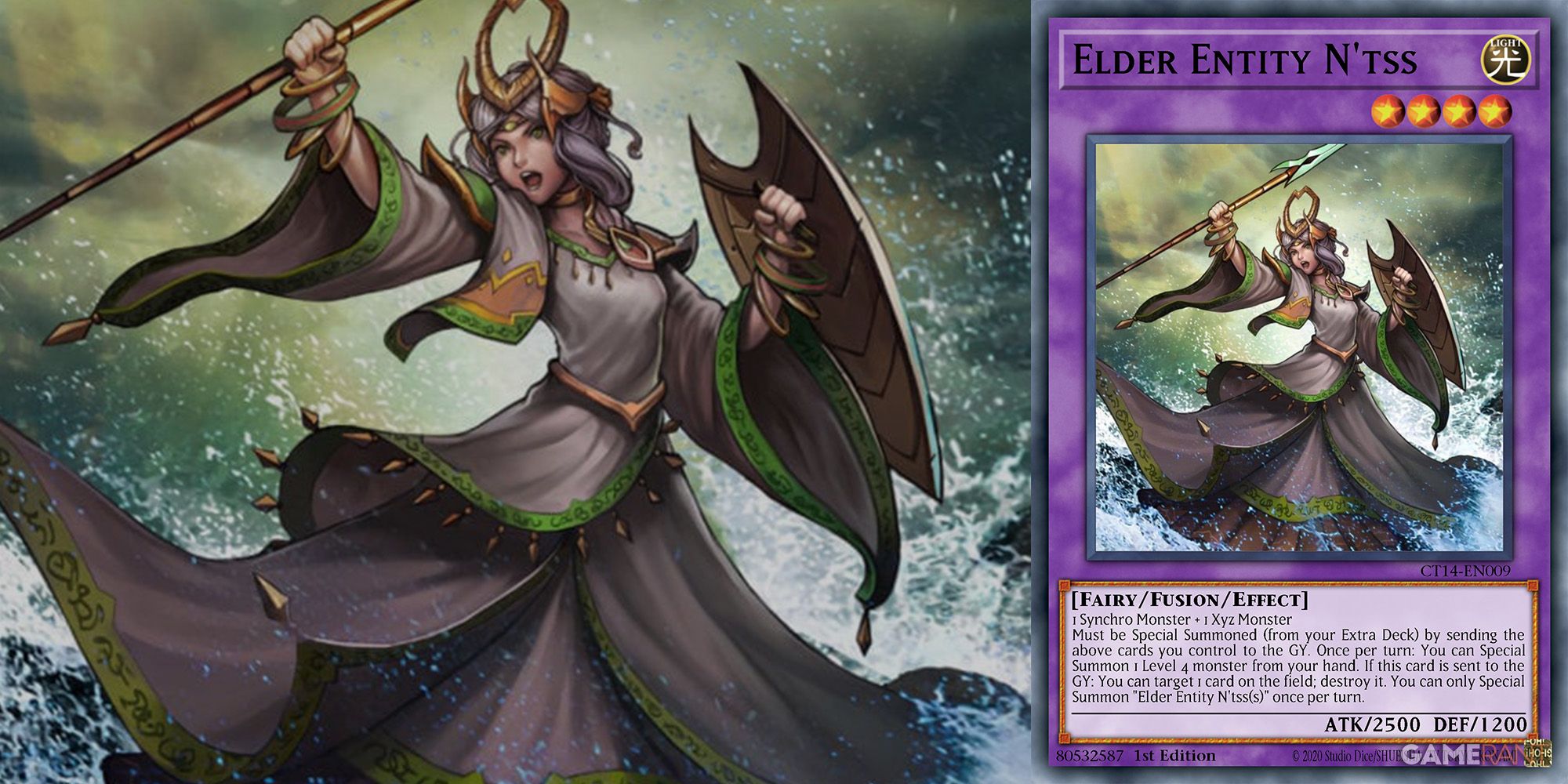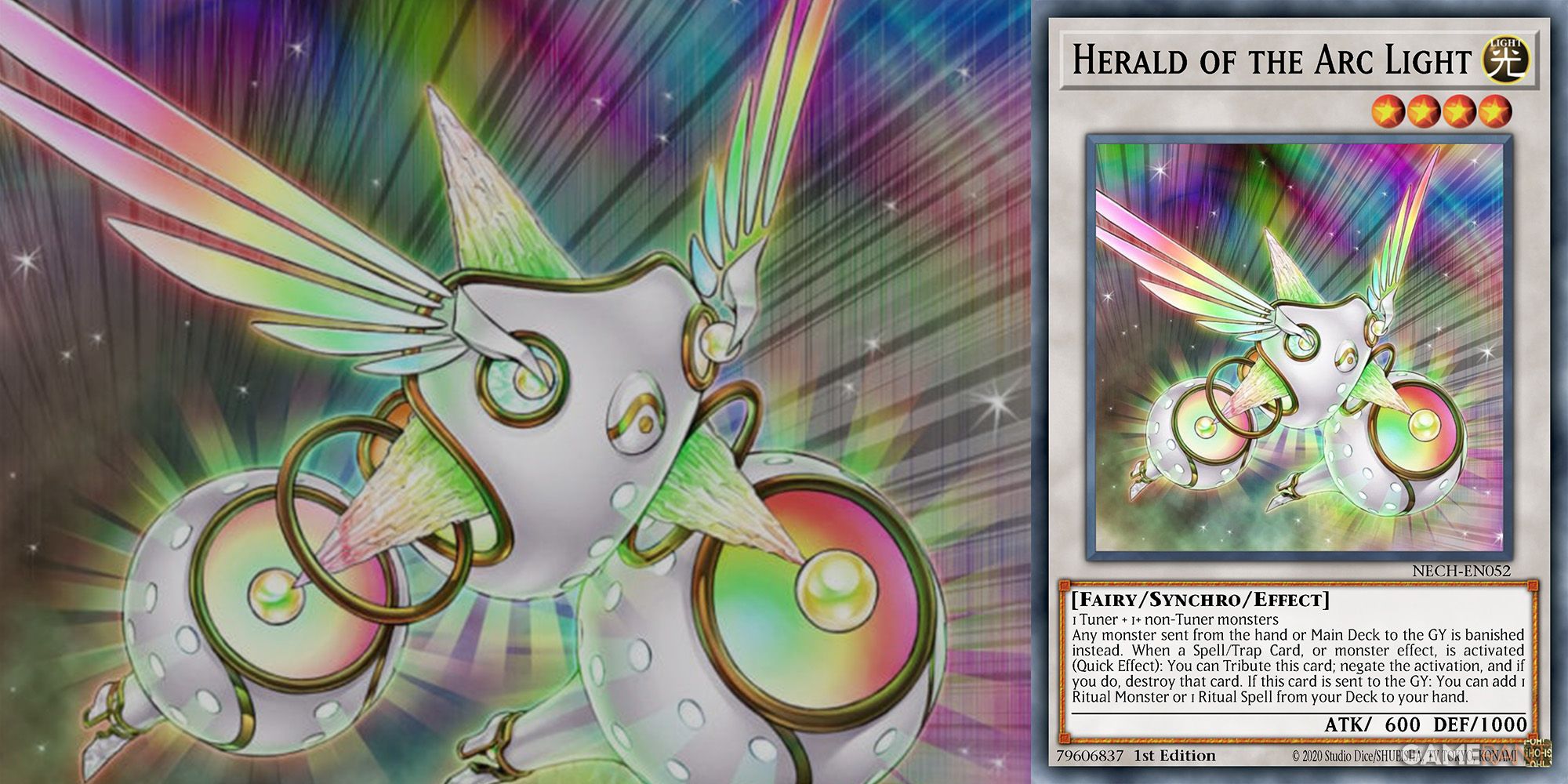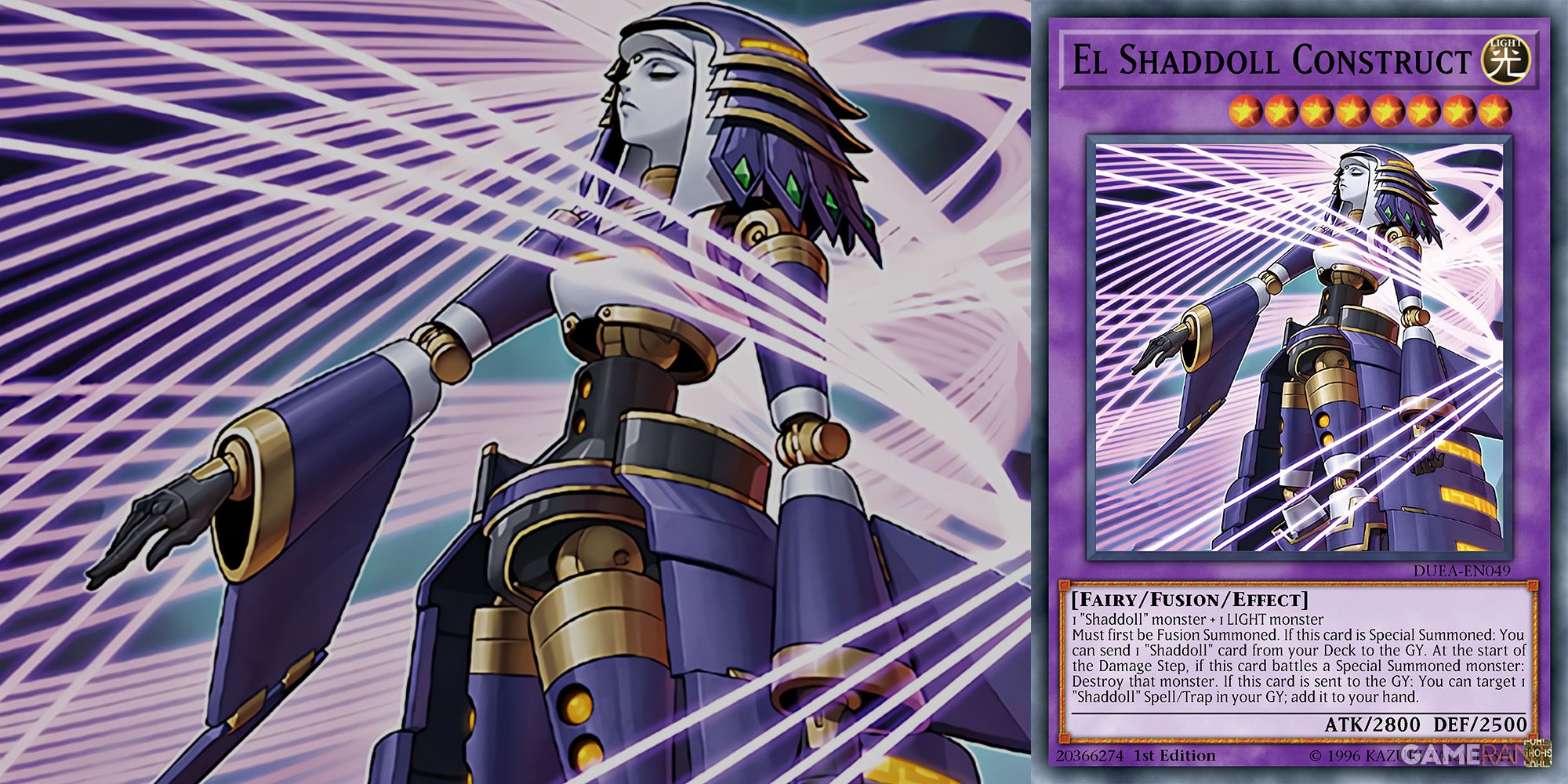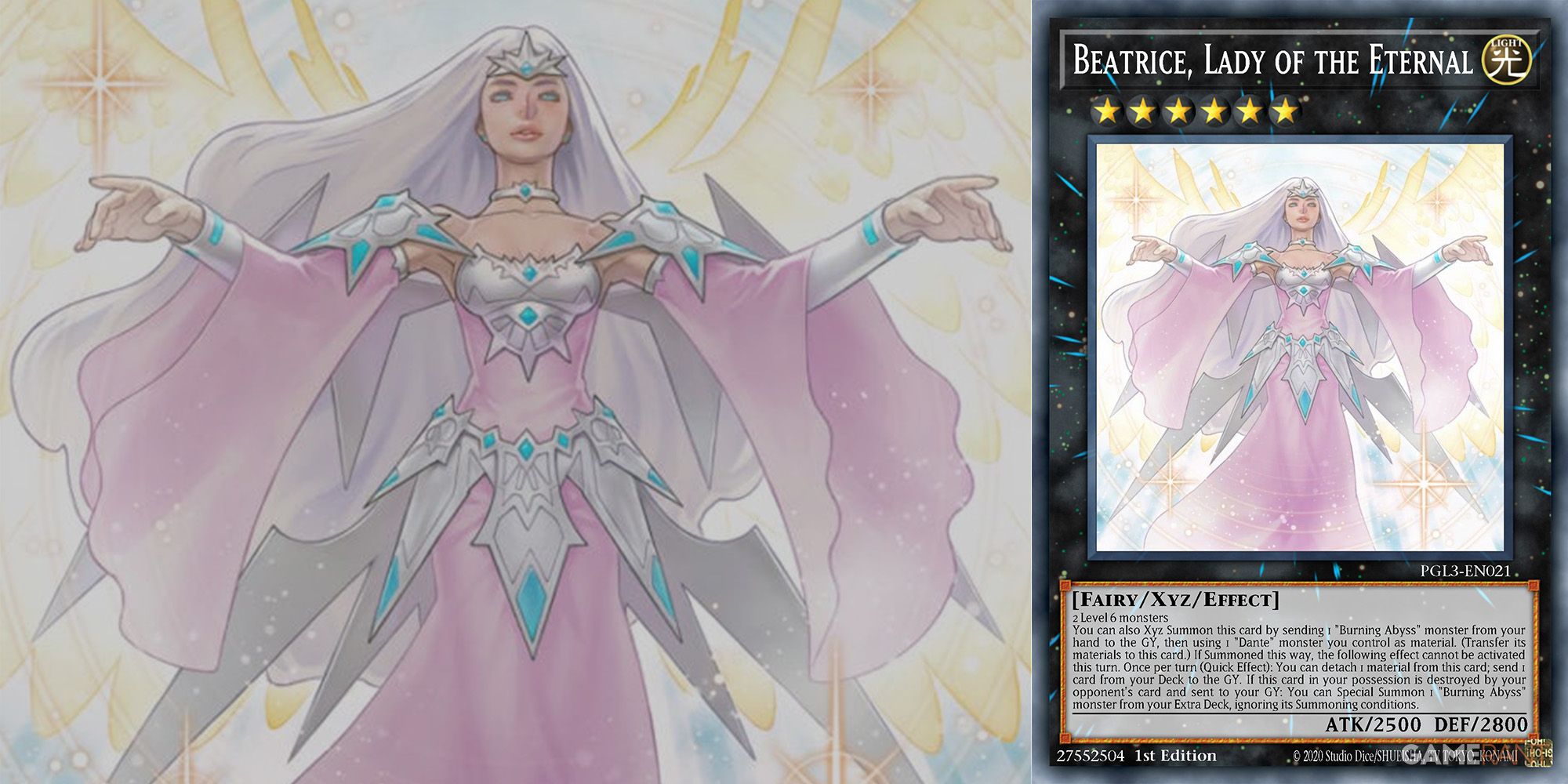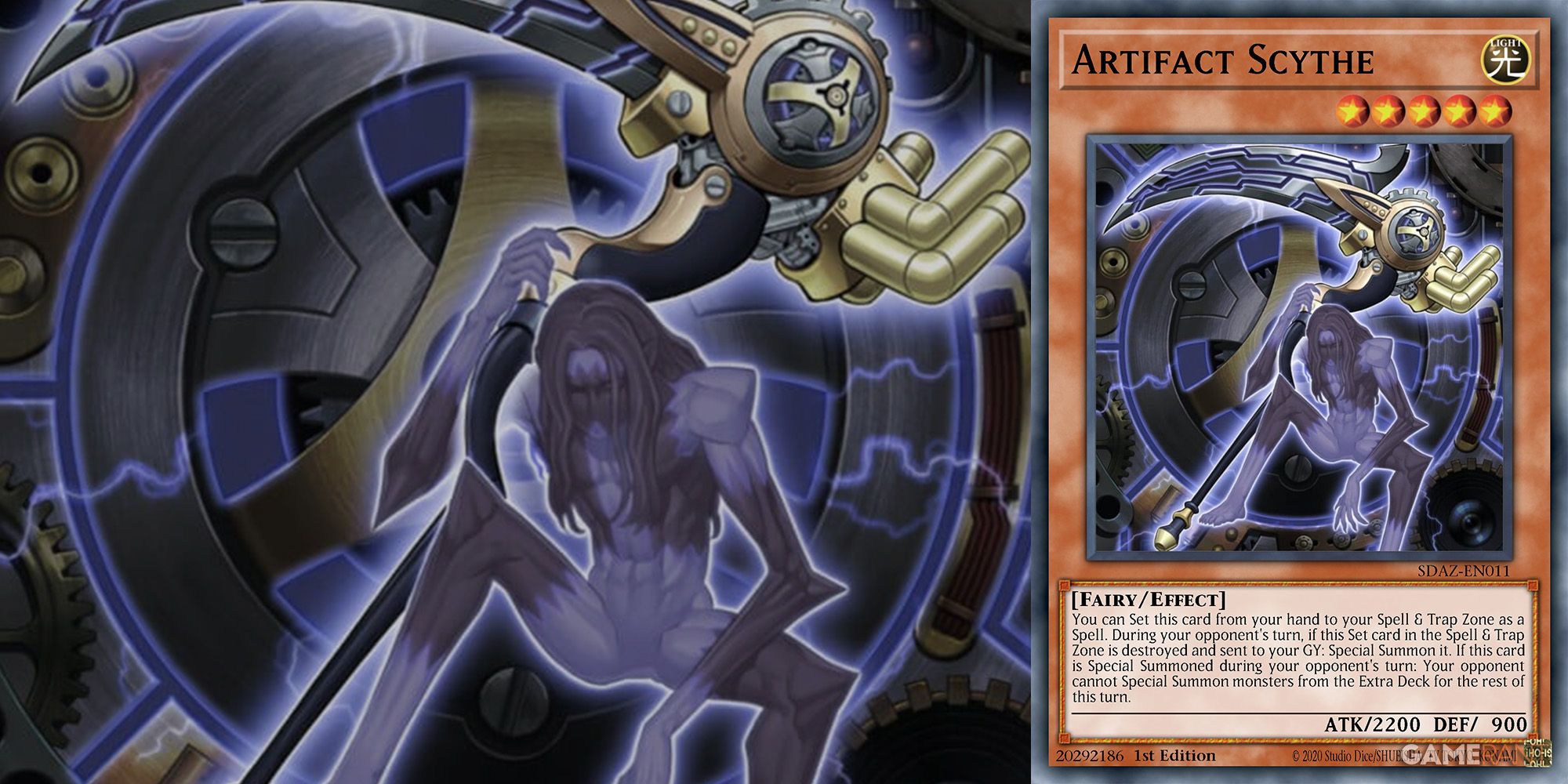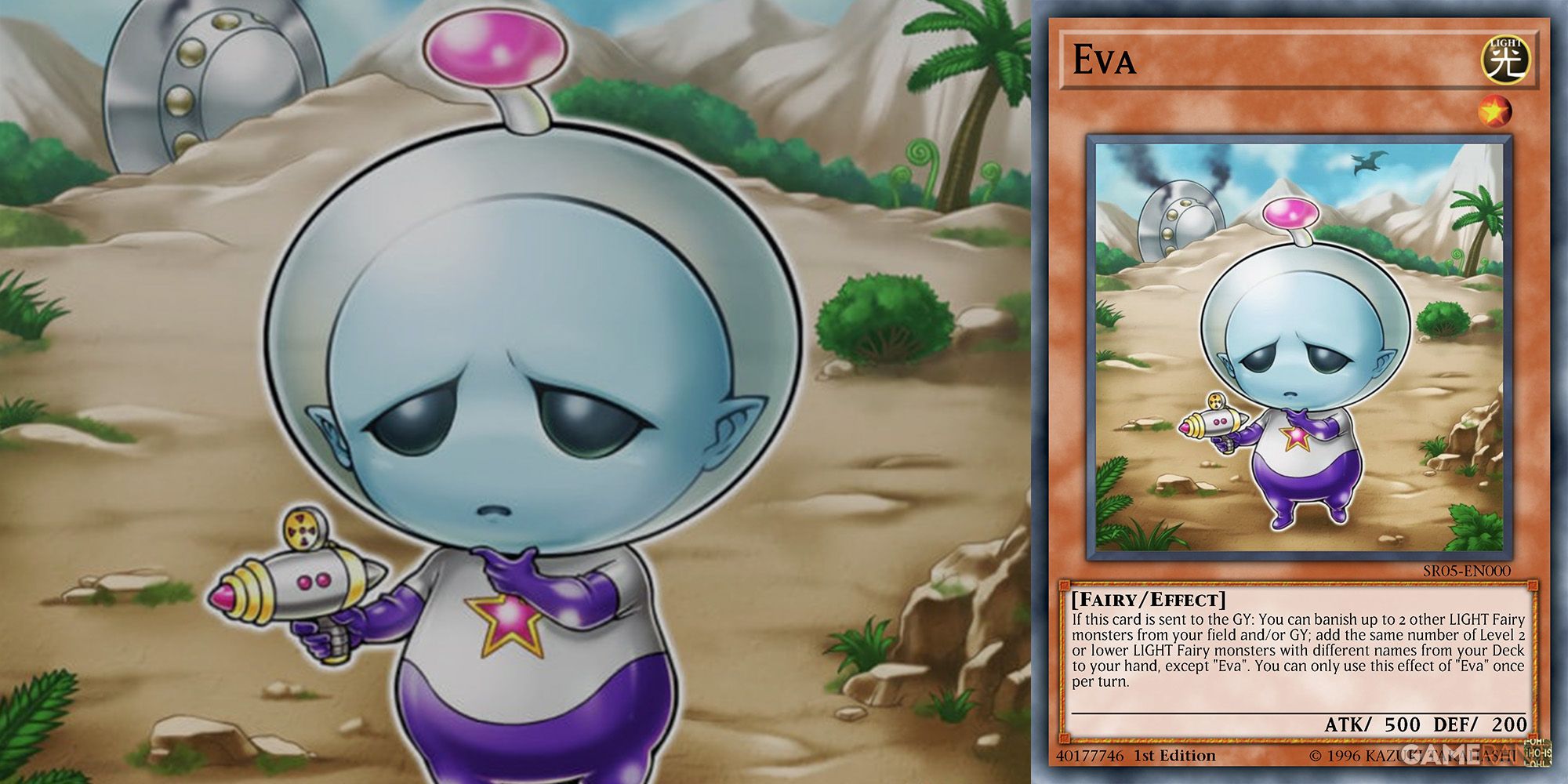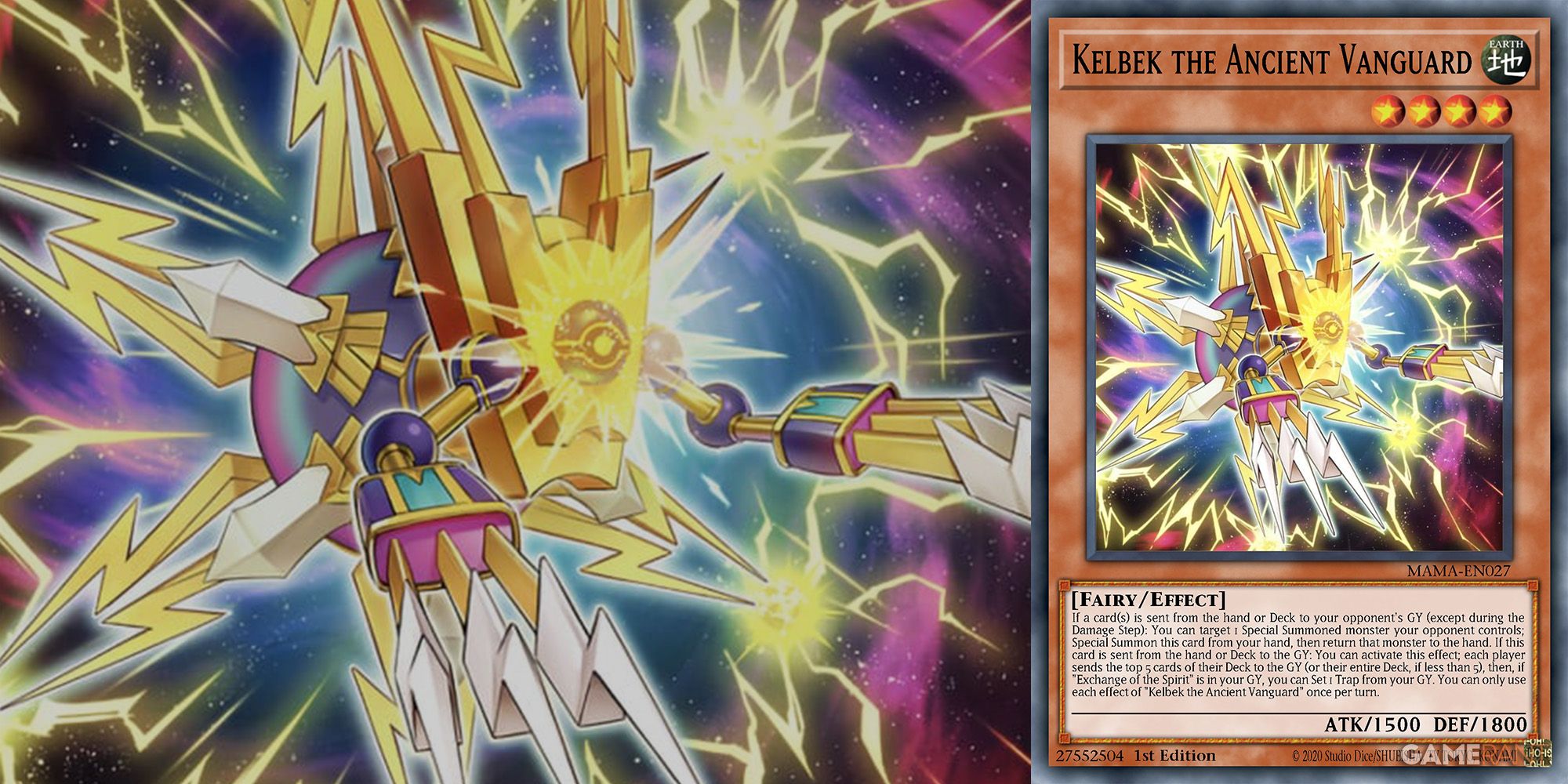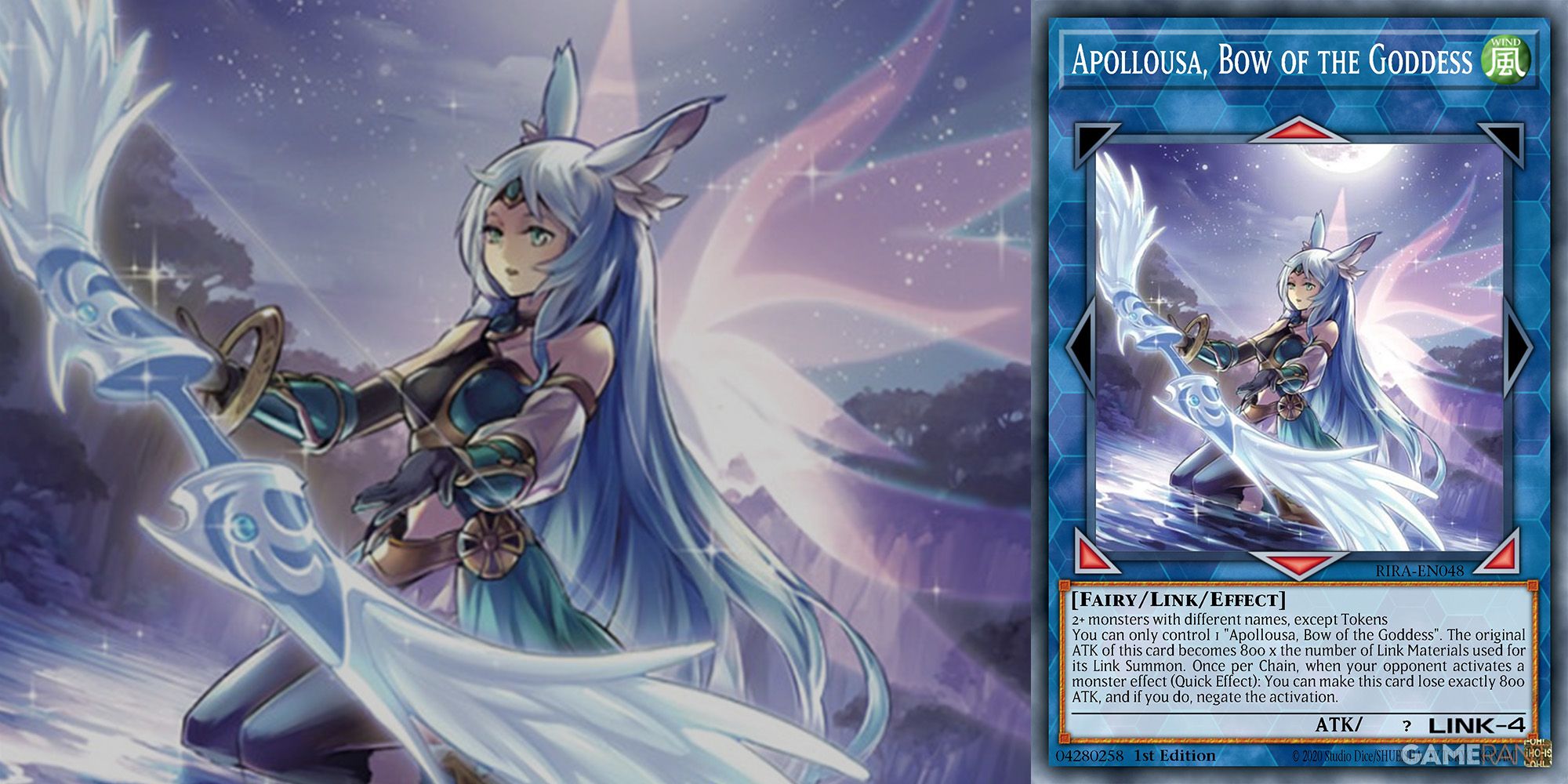In the early days of Yu-Gi-Oh!, fairy-type monsters didn't have much going for them. It was quite clear that Konami had yet to find an identity for the monster type as designs were all over the place and there had yet to be a solid archetype to make the fairy-types meta-relevant.
Nowadays, fairy types have fared far better with multiple archetypes and individual cards that have had their time in the spotlight. Despite its redemption, fairy types don't tend to be among the most popular monster types but do include some incredible cards that are worth bringing attention to.
10 Manju of the Ten Thousand Hands
A lot of Yu-Gi-Oh! cards released in the early 2000s fall into two categories; aged poorly and must receive an erratum, ban, or be limited to prevent game-breaking combos, or aged well and got better with time. Manju of the Ten Thousand Hands falls into the latter thanks to ritual-focused decks becoming better and needing a strong searcher.
With its ability to search out nearly any ritual monster or spell card, it is essential in providing card advantage despite using up the ever-so-valuable normal summon. Its stats and level also make it easily searchable by other archetypes making it as much of a staple today as it was back in the day.
9 Honest
During the GX-era of Yu-Gi-Oh!'s metagame, Honest was one of the best cards in the game. As one of the earliest "hand traps," players knew to be careful when battling decks that focused on light monsters. Even outside light-based decks players had to be aware of it potentially making an appearance.
Even though the modern metagame has moved away from beat-down-based strategies it isn't all that uncommon to see Honest make a surprise appearance in decks such as Blue-Eyes which do mind a nice attack boost occasionally.
8 Elder Entity N'tss
There are many cards in Yu-Gi-Oh! that become meta or remain meta-relevant for just one of their effects. Elder Entity N'tss is one such example, but surprisingly the one effect that made it so good isn't all that unique.
Targeted destruction in Yu-Gi-Oh! is not a rare effect at all it's so common it's in the top 10 most common types of effects. However, what distinguishes N'tss is the fact that its destruction can target any card on the field. This allows it to be "splashable" in decks that want to have their monsters destroyed to activate effects that would otherwise be very difficult to do so.
7 Herald of the Arc Light
Herald of the Arc Light on its own is quite a good card with a strong disruption effect, easy summoning condition, and the rare omni-negate. Where the card truly excels is what it can do when chained properly with other cards to activate its final effect and potentially make its first effect more potent.
Its last effect is nearly identical to Manju of the Ten Thousand Hands, but what makes Herald of the Arc Light's version better is that it doesn't require a normal summon and can trigger from its second effect where it tributes itself for an Omni-negate. So many options from just one synchro monster.
6 El Shaddoll Construct
The Shaddoll archetype is yet another that likes to use the graveyard, and it abuses it a lot. El Shaddoll Construct is important in facilitating this strategy with almost all of its effects contributing to the benefit of nearly everything the archetype can and will do which is quite fitting for a boss monster.
To start is a Foolish Burial for its archetype which many cards benefit from, it can destroy a special summoned monster before the damage step which is an extremely rare, but powerful effect, and hit the graveyard it can grab any Shaddoll spell/trap card. All this contributes to helpful versatility options, useful deck-thinning, and crucial removal effects for troublesome cards.
5 Beatrice, Lady of the Eternal
Many who play modern-day Yu-Gi-Oh! might often be heard saying something to the effect of "The graveyard is a second deck." This is in part thanks to the plethora of archetypes that want cards in the graveyard and can even make plays by doing this. Beatrice, Lady of the Eternal is one such card that promotes these strategies.
Not only is it a Foolish Burial "on legs," but the requirement to activate this effect is extremely easy. Beatrice is also known to be used as a toolbox which allows it to flourish outside its main archetype to enable playmaking in any archetype that looks to use the graveyard. These two factors alone make it quite clear why this card has been limited in the TCG for so long.
4 Artifact Scythe
The hallmark of a great monster card how effective its effect is and in how many situations it can be effective. Artifact Scythe's effect meets these criteria as one of the most oppressive "floodgate" effects in the game that is only balanced by the gimmick of the archetype.
Under the right circumstances, Artifact Scythe has the potential to prevent an opponent from playing Yu-Gi-Oh! as removing access to the extra deck is an automatic loss for many meta decks. The scariest part is there are so many cards that can make activating this effect a non-issue such as Destiny HERO - Destroyer Phoenix Enforcer.
3 Eva
Here is yet another card that has a strong effect that can be activated when it is merely "sent to the graveyard." Eva is arguably the best fairy-type monster to utilize this effect and received a ban in the TCG and limit to one in the OCG because of it.
Without a doubt, the combo that made this card so powerful is when Eva is used as discard fodder for Herald of Perfection and/or Herald of Ultimateness. From here the card's effect will activate allowing Eva to not only search the deck for more fairies to extend plays but provide more monsters for Herald of Ultimateness to discard to negate more cards.
2 Kelbek the Ancient Vanguard
The Tier 0 deck, "IshizuTear," consisted of cards in the Tearlaments archetype mixed with retrains of cards the character Ishizu Ishtar used from the original anime. Few could predict this mixture could brew one of the most consistent and oppressive decks in the history of the game.
Truthfully any of the fairy types in "IshizuTear" could make this list, but Kelbek the Ancient Vanguard just barely edges the others out. This is thanks to its insane milling effect and ability to bounce an opponent's monster without targeting. Kelbek offers deck-thinning and disruption in such a simple-to-use manner it's no surprise this card, as well as most cards in the deck, are limited to one.
1 Apollousa, Bow of the Goddess
Outside of having one of the most gorgeous artworks in the game, Apollousa is great because it encompasses everything that is required for a monster to not just be a staple but be a requirement for any meta-relevant deck. It would be easier to count the number of decks that can't fit Apollousa into their strategies than the ones that can.
While its "once per chain" monster negate effect may seem to limit, it's when players realize that because it's tied to the monster’s attack it has the potential to negate multiple times in one turn. Additionally, its summoning requirement is so easy to meet it feels like it should have been printed on a weaker monster. All these factors earn Apollousa, Bow of the Goddess the well-deserved title of best fairy-type monster in Yu-Gi-Oh.

